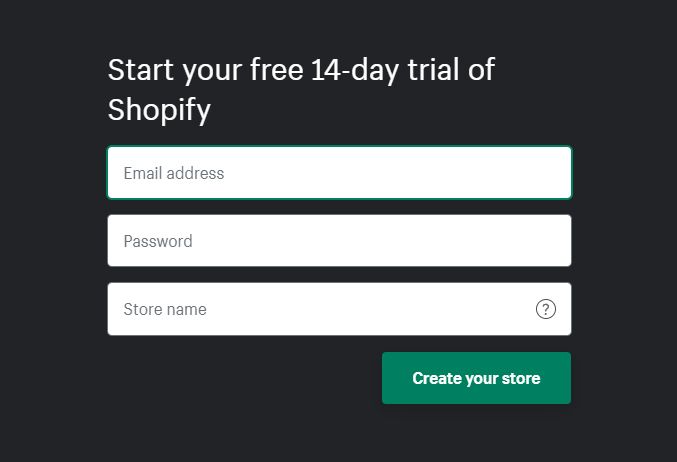Embedding an Excel document is now considered a popular way for many website owners to point out a specific quantity or amount of things that should be shown specifically. In this guide, we will take a look at How to embed an Excel document to help you know more deeply about this topic. You have the right to embed an Excel document that you have stored on Microsoft OneDrive. After finishing these steps, your excel document will be displayed on your post or page — graphs and all.
How to embed an Excel document
Some benefits of using and embedding an Excel document
Microsoft Excel gives businesses the tools they are in need of to make the most of their data. And when it comes to making the most of resources, and maximising return on investment, this is becoming more and more important. Firms are collecting the volumes of data greater than ever from many sources, including online sales, social media and in-store-transactions. They need to be able to collate and analyze this information not only quickly but also effectively.
The fact is that Excel spreadsheets are commonly used across business to show financial information and other data relevant to the running of the business. This could be the information relevant to the customer relationship management department, marketing, sales, or HR. With so many business functions now reliant on IT and the internet, Excel continues to be seen as an essential tool for managers and the effective running of a business.
You can easily tell 4 out of all wonderful features and benefits of using and embedding Excel documents:
Build great charts
Excel give all business users permission to unlock their data's potential by using formulas across a grid of cells. Data is inserted into individual cells in rows or columns, which enables it to be sorted and filtered, and then displayed in a visual presentation. These visualisations can bring in extra emphasis to business reports and persuasive marketing material. Excel recommends charts most suitable for the kind of data being presented on the X and Y axis.
Use conditional formatting
Excel users can format their spreadsheets using many colour shades, bolds and italics, to differentiate between columns and bring the most necessary data to the fore. This function could be effective when presenting accounting information, like the pre-tax profit and the balance being carried forward by the company. Users are allowed to select an appropriate colouring scheme via the Quick Analysis button, and then by utilising the Formatting tab.
Easily identify trends
When presenting data in the form of charts or graphs, it can be useful to include average lines, whose job is to detail the key trends emerging from the information. This may assist you to demonstrate the key points to other users in a straightforward manner. For example, an executive from a different department during a board meeting. Excel enables trend lines to be extended beyond the graph, to offer predictions of future activity – and such forecasts can assist businesses in developing a clear future strategy.
Collect data together
Excel can be employed to bring information from a huge amount of files and documents together, so that it exists in a single location. Also are the raw data and information from other spreadsheets, it is possible to import text and images. Other objects can be inserted using the Insert tab, or additional spreadsheets can be inserted to the file.
How to embed an Excel document
-
Step 1: Go to the Microsoft OneDrive site and use these instructions from Microsoft to create an embed code.
-
Step 2: Generate or modify a page or post, and paste the embed code into the Text Editor.
-
Step 3: Once you get your page or post updated, the iframe code will be converted into a shortcode in an automatic way.
After you publish your page or post, your embedded Excel document will have a look like this.

Conclusion
Thank you for reading the instruction! In case you are in need of assistance with creating or managing your Excel documents on Microsoft OneDrive, please visit the Microsoft OneDrive Web App help page!


